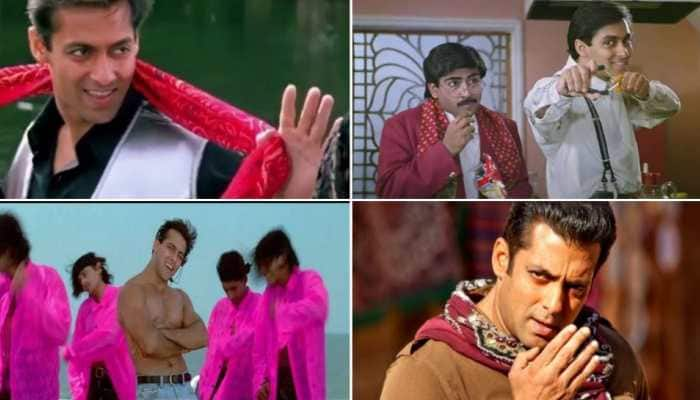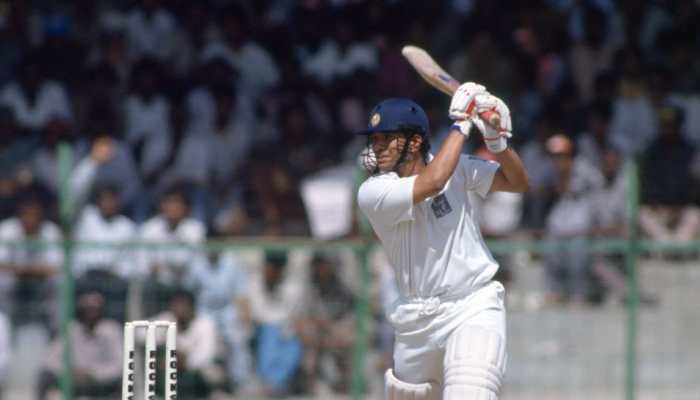What was the reason behind ISRO's August 31 launch failure? Officials study PSLV's flight data
The exact cause of the mission's failure can only be determined once the officials conclude their study.
Trending Photos
) (Representational image)
(Representational image) New Delhi: The Indian Space Research Organisation (ISRO) on Thursday, August 31, launched its eighth navigation satellite – the IRNSS-1H – amid high expectations and aired the entire event live.
Minutes after the launch, the live coverage was cut short after the fourth-stage ignition was declared normal.
Moments later, ISRO chief AS Kiran Kumar confirmed that the PSLV-C39 rocket's heat shield which was supposed to separate in order to release the satellite failed to do, resulting in the failure of the Rs 250-crore mission.
The Polar Satellite Launch Vehicle (PSLV), that has earned the credit of exemplary launches of satellites that it carries on its 'rock solid' shoulders, has managed to create a niche for ISRO in the space world.
During 1994-2017 period, the vehicle has launched 48 Indian satellites and 209 satellites for customers from abroad.
Then how did it fail ISRO this time? Top ISRO officials are studying the PSLV's flight data to understand why the rocket's heat shield did not separate during the August 31 launch.
"We are studying the data. We cannot say now why the rocket's heat shield did not separate as planned," K. Sivan, Director, Vikram Sarabhai Space Centre (VSSC), told IANS on Sunday.
The VSSC is part of the Indian Space Research Organisation.
According to Sivan, the pyro elements in the rocket which enable separation of the heat shield have to be probed.
The exact cause of the mission's failure can only be determined once the officials conclude their study.
"Based on the data, simulation experiments have to be carried out to arrive at the probable cause of the failure," Siwan added.
The heat shield of PSLV's XL variant did not separate three minutes after crossing the atmosphere.
As a result, India's navigation satellite IRNSS-1H was trapped and not put into orbit.
Satellites are housed atop the rocket and covered by a heat shield or payload fairing, which protects them from getting burnt when the rocket crosses the atmosphere at maximum speed.
Speaking to IANS, MYS Prasad, former director of Satish Dhawan Space Centre, said: "The computers have to be given the necessary commands which are then relayed by the electrical circuits. The pyro circuit has to get initiated, which in turn has to cut the mechanical elements so that the two parts of the heat shield get separated."
Prasad said anything could have gone wrong in the four-step sequence and sub-systems.
"The computer programmes may have several redundancies to take care of an eventuality. So, they can be tested on ground before and also during preparation for the flight. The electrical circuits and some pyro elements will also have redundancy," he said.
"A rocket has several one-time operation systems. Such systems cannot be pre-tested and cannot have redundancies. Only sample tests can be made with items manufactured in that batch. And then a system is used in the rocket," he added.
"The one-time operation system is the riskiest items for any rocket."
Ruling out a failure in design, Prasad said the most probable cause of the failure could be quality of a rocket component or some error in the assembly.
The 1,425-kg IRNSS-1H satellite was supposed to be a replacement for IRNSS-1A satellite.
The IRNSS stands for Indian Regional Navigation Satellite System and has been renamed as NavIC (Navigation with Indian Constellation).
The IRNSS or NavIC is similar to the US-owned GPS.
The IRNSS-1H became a necessity as the rubidium atomic clocks of IRNSS-1A have failed. The atomic clocks are important to provide the accurate positional data.
The Rs 1,420-crore Indian satellite navigation system NavIC consists of nine satellites – seven in orbit and two as substitutes. One of the substitutes was the IRNSS-1H.
ISRO officials told IANS that the other standby satellite has to be readied for launch.
(With IANS iputs)
Stay informed on all the latest news, real-time breaking news updates, and follow all the important headlines in india news and world News on Zee News.
Live Tv







)
)
)
)
)
)
)
)
)
)
